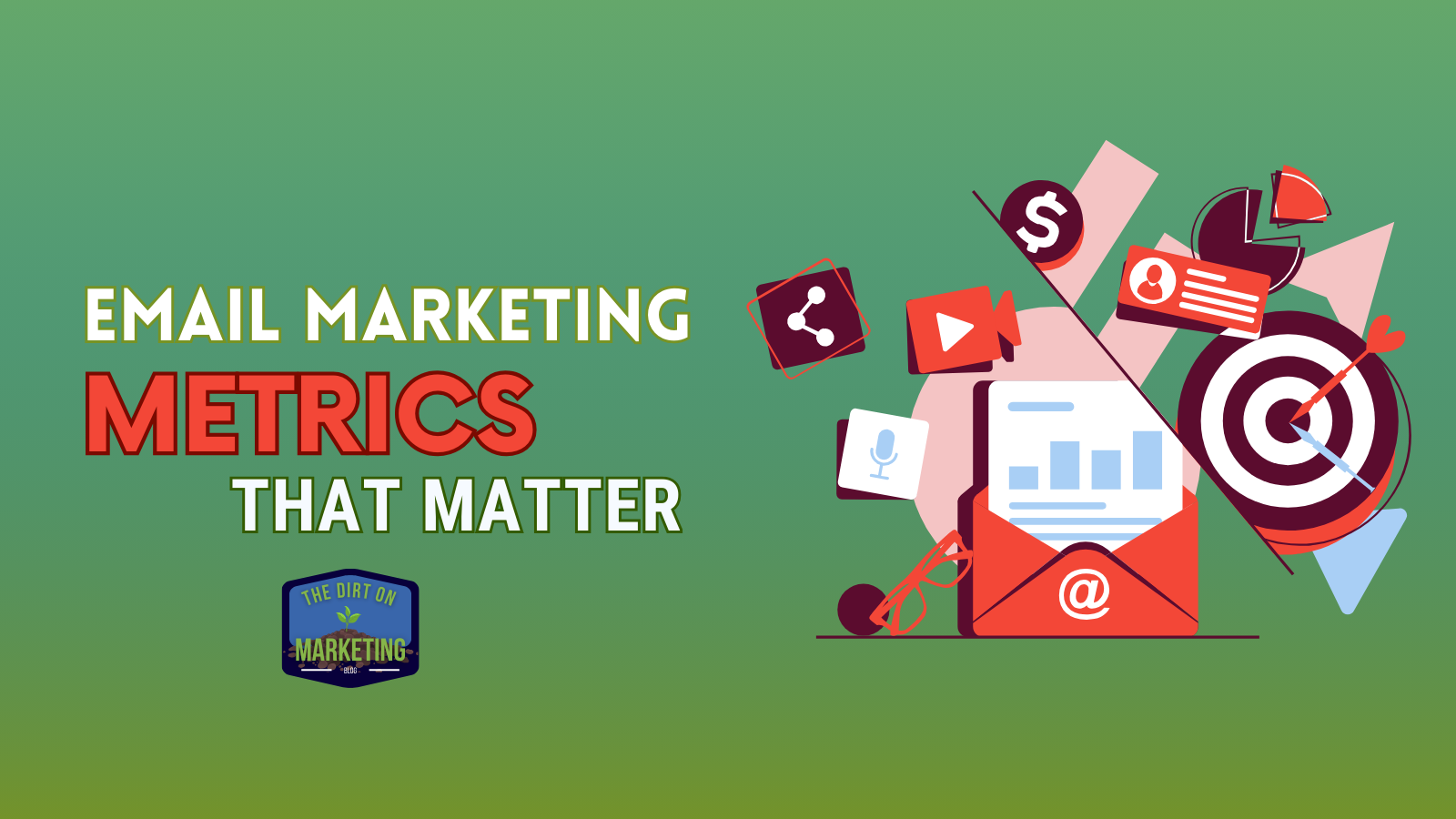Email is a powerful tool for small businesses and offers an impressive average return on investment of $42 for every $1 spent, which is why getting it right is so important!
Since you can't improve what you don't measure, tracking the performance of your email campaigns is a must. Therefore, understanding your email marketing metrics are your first step for making the most out of this marketing medium.
Email Open Rate:
Open rate is the percentage of people who open your email out of those who successfully received it. It's like getting a foot in the door of your customer's inbox. A good open rate means:
- Your subject line is interesting enough to make people curious
- You're sending emails to the right people at the right time
- People recognize and trust your sender name
Most businesses see open rates between 15-25%. But here's the catch: this number isn't always accurate. Some companies use email services that pre-scan and filter out emails and automatically "open" them to do so. Apple's Mail Privacy Protection also can make it look like all emails sent to Apple Mail users are opened, even if they're not.
Click-Through Rate (CTR):
CTR measures how many people click on links in your email. A good CTR shows that:
- Your email content is useful and engaging enough to make people want more
- Your call-to-action (CTA) is clear, appealing, and placed well within the email
- You're offering something valuable that matches your audience's interests
Aim for a CTR between 2-5%. If you aren't getting enough clicks, consider editing your CTA to make it stand out more, or asking yourself, does this offer match what my audience is looking for?
Unfortunately, like open rates, some security tools might artificially inflate CTRs by scanning links.
Conversion Rate:
Conversion rate is the percentage of people who take the action you want after reading your email (like making a purchase or filling out a form). It's the ultimate measure of your email's effectiveness. A high conversion rate means:
- Your email effectively guides people towards your goal
- Your offer matches what your audience wants and needs
- Your landing page (where people end up after clicking) is optimized for action
Conversion rates vary a lot, but 1-5% is common. To boost conversions, make the next step as clear as possible with your CTR, and the action as easy as possible (i.e. if they need to fill out a form, make it as short as possible.) Bounce Rate:
Bounce Rate:
Bounce rate shows how many of your emails couldn't be delivered. There are two types:
- Soft bounces: Temporary problems (like a full inbox or server issue)
- Hard bounces: Permanent issues (like an invalid email address)
A low bounce rate means your email list is up-to-date and healthy. Try to keep it below 2%. To reduce bounces, regularly clean your email list to remove outdated email addresses.
A/B Testing:
A/B testing means sending two slightly different versions of an email to see which works better. You can test things like:
- Subject lines
- Email content and layout
- Sending times
- CTAs
Most email programs have A/B testing built in to them so it is as easy as clicking an option, making a slight tweak, and letting the program do its thing. However, if your email provider doesn't offer this, you can manually conduct A/B testing by taking a 10% sample of your list, and sending 5% of the emails using one variable, and 5% to the other. Then send the other 90% whichever email performs the best.
To run effective A/B tests:
- Test one element at a time
- Use a large enough sample size
- Run the test for a sufficient duration
Unsubscribe Rate:
This is the percentage of people who leave your email list after getting an email. While some unsubscribes are normal, a low rate means:
- Your content stays relevant and valuable
- You're not sending too many emails (or too few)
- You're meeting the expectations set when people subscribed
Keep your unsubscribe rate below 0.5% per email. If it's higher try reducing the frequency of your emails, retarget your list and content to make sure it's relevant, and take into account any feedback unsubscribers offer for why they unsubscribed. Most email programs such as Mailchimp or ConstantContact have this process built-in and share a survey with unsubscribers so they can tell you why they are leaving.
Staying Compliant: CAN-SPAM and Other Regulations
Complying with email marketing laws is crucial. Here's what you need to know about CAN-SPAM (Controlling the Assault of Non-Solicited Pornography and Marketing Act):
- Don't use false or misleading header information
- Don't use deceptive subject lines
- Identify the message as an ad
- Tell recipients where you're located
- Tell recipients how to opt out of future emails
- Honor opt-out requests promptly
- Monitor what others are doing on your behalf
Other regulations to be aware of:
- GDPR (General Data Protection Regulation): For European subscribers, ensure you have explicit consent to email them and provide easy unsubscribe options.
- CCPA (California Consumer Privacy Act): For California residents, be transparent about data collection and allow consumers to opt out of data sales.
- CASL (Canada's Anti-Spam Legislation): For Canadian subscribers, ensure you have express or implied consent to send commercial electronic messages.
To stay compliant, always include your physical address in emails, provide a clear unsubscribe link, honor unsubscribe requests within 10 business days, never use harvested email addresses, and keep records of subscriber consent.
.png?width=200&height=100&name=Go-Organic-Marketing-Logo-Horizontal%20(1).png)




%20(2).png?width=150&height=100&name=DARKSBTutors-Logo%20(300%20%C3%97%20300%20px)%20(2).png)
Comments Section